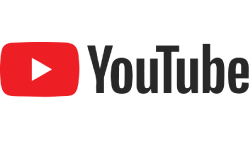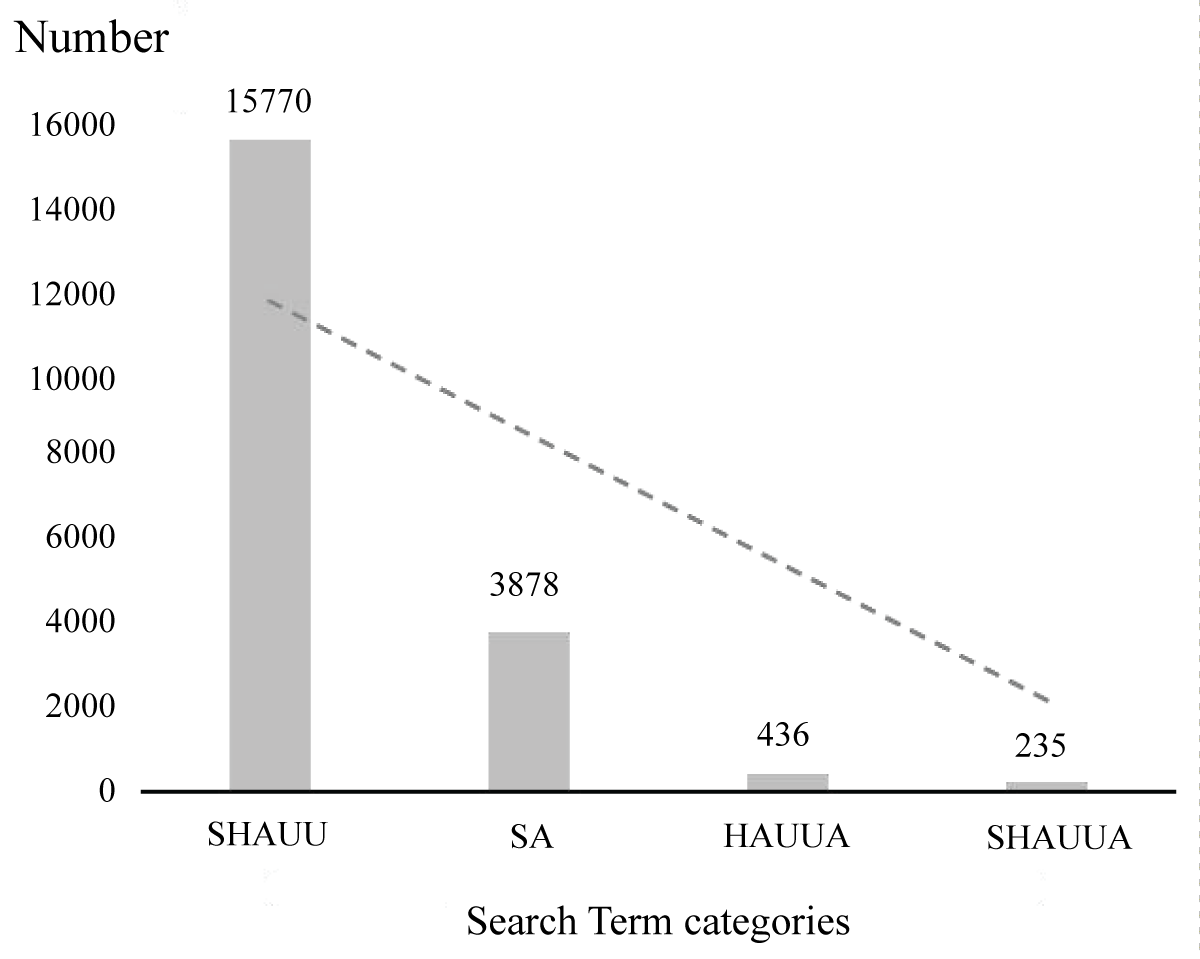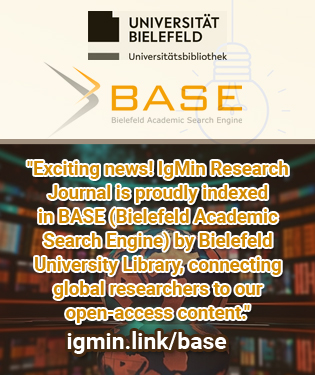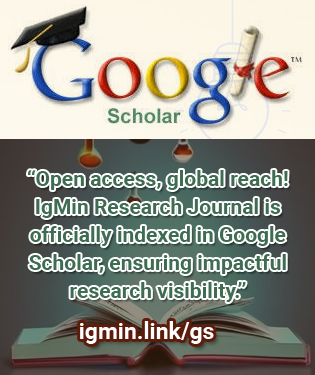要約
Post-stroke aphasia and hand movement dysfunction are common and disabling conditions. Observations indicate that most patients with post-stroke aphasia also suffer from hand movement dysfunction. Research in human evolution, behavior, and neuroscience has revealed a strong connection between language function and hand-motor function, with the latter playing a critical role in language use. Consequently, there is an urgent need for the development of new, comprehensive, and efficient rehabilitation methods for post-stroke aphasia that is accompanied by hand dysfunction. One promising approach involves investigating the shared neural networks between language and hand function as a foundation for novel treatment methods. This article aims to review the current state of clinical research on comprehensive treatments for stroke-induced aphasia and hand dysfunction, as well as to explore their underlying neural mechanisms. The results of this study may provide a valuable reference for the advancement of treatment technologies that effectively address both dysfunctions and enhance clinical outcomes.







